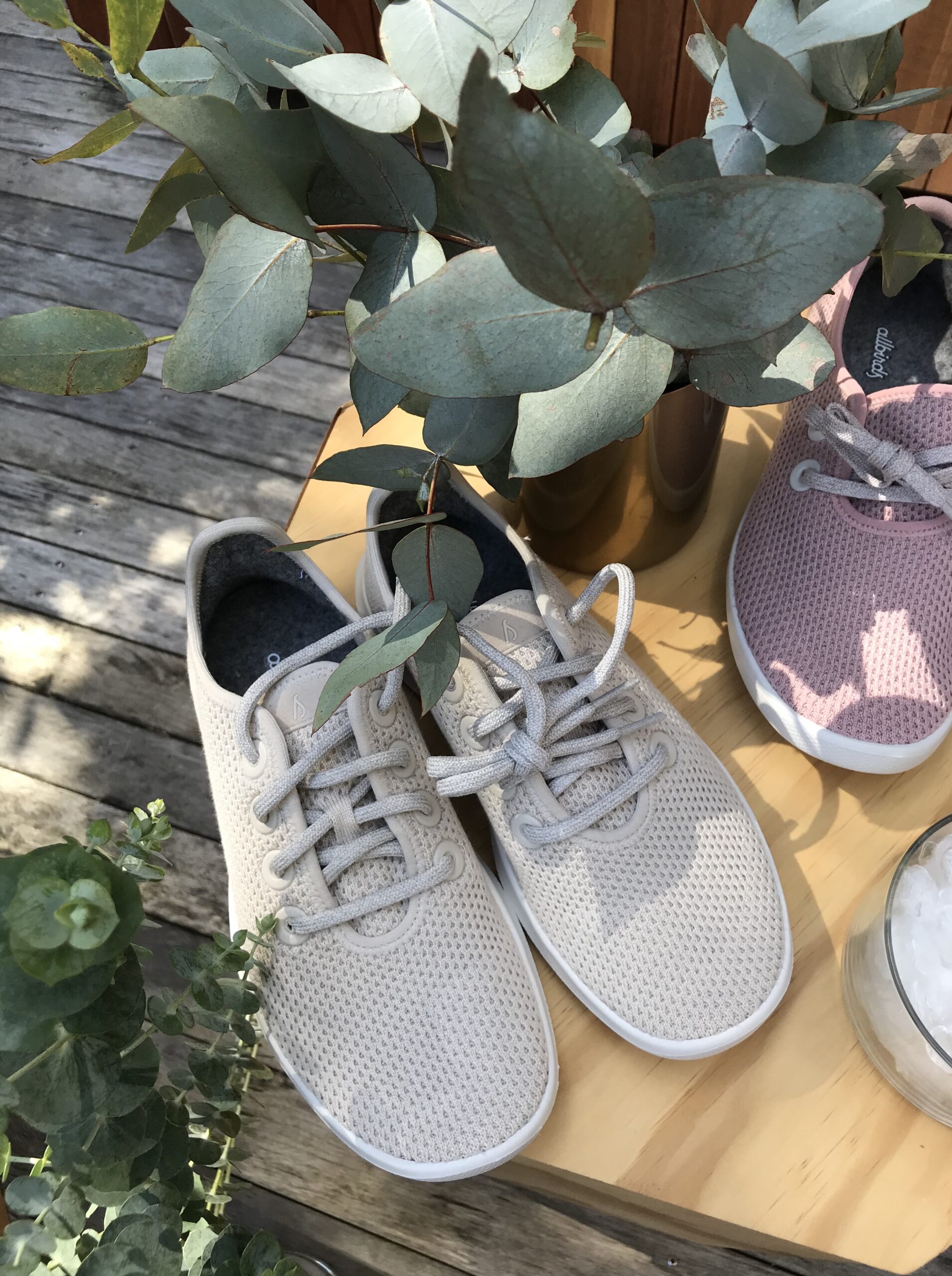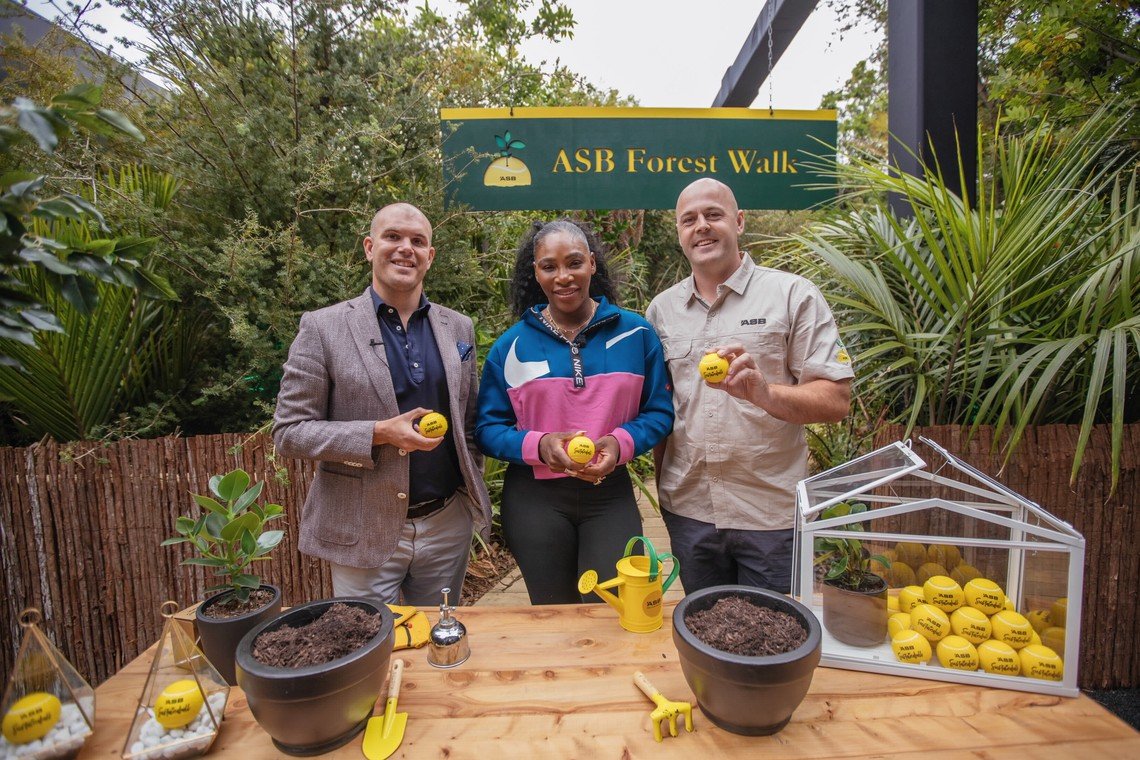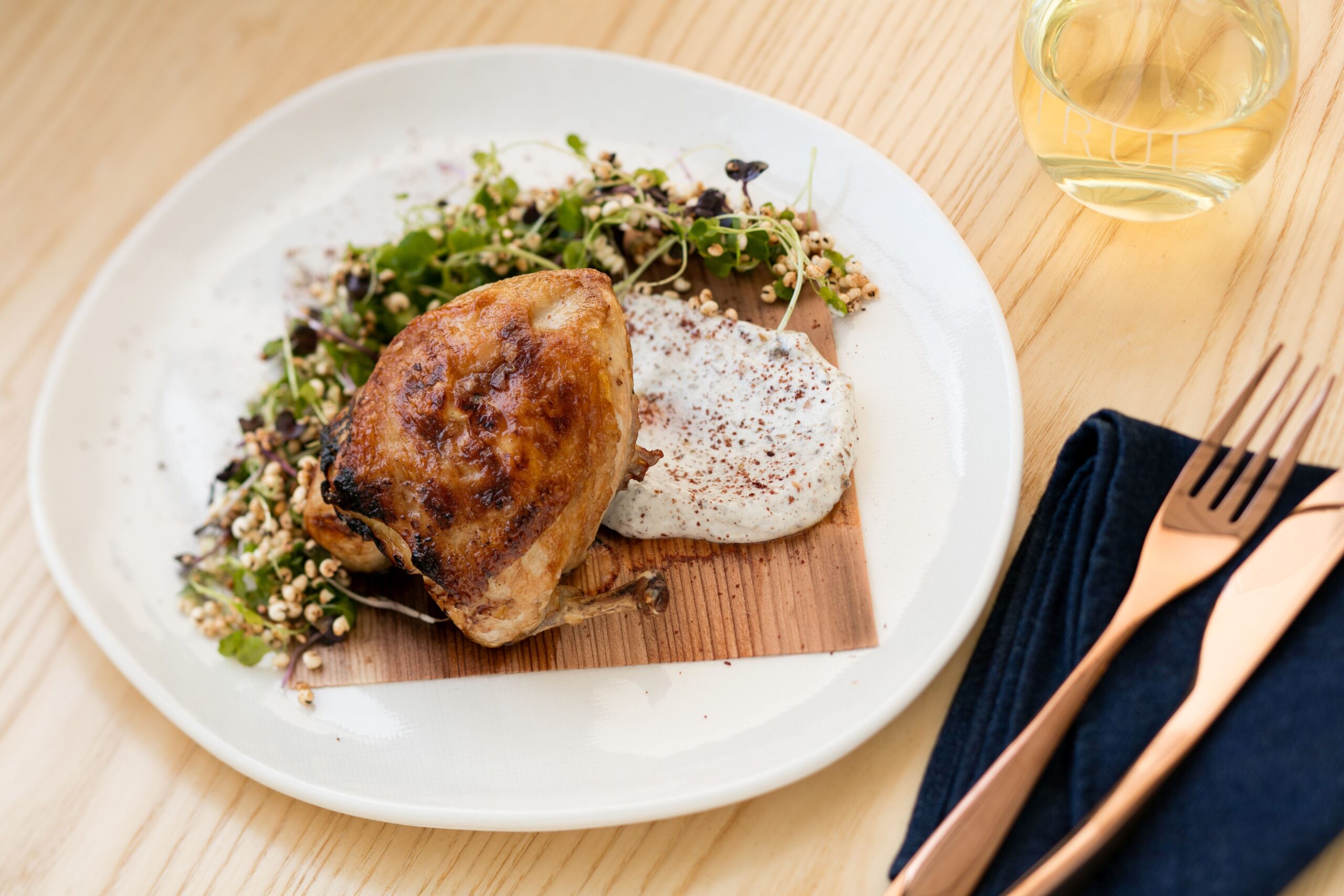Wine in a can is growing globally but how does the quality stack up?
Can or glass?
Give me a glass of wine every time, unless I happen to be at a music gig, outside, without a wine bottle in sight and no chance of smuggling one in. Which, of course, I have done, being a wine devotee and all that jazz. So, wine in cans is growing and apparently it’s not only about the convenience.
The perception of wine as snobbish is one of the impetuses to repackage it in a less traditional, smaller format than it has typically been housed in. Another impetus is to tap into the health mindset of “less is more”.
Drink a wine or even two, without committing to a whole bottle which, once open, can be a tricky proposition for many people to juggle. Tip: put all open wine in the fridge, whether it’s red, white or sparkling. It will reduce the risk of oxidation from light and fluctuating temperatures, preserving it for longer, but I digress.
One of New Zealand’s smallest wine regions is home to a wine product with surprising growth. That region is the Wairarapa and the product is canned wine. Winemakers Chris and Cath Archer of Joiy Wines will double production this year to meet global demand.
They were the first to export canned wine from New Zealand and now produce over 700,000 cans each year. Canned wine is growing by 13 per cent annually and is projected to reach over $807 million by 2028.
Wine in cans is pretty new in this part of the world and it is tarred with a negative brush in perception, due to poor-quality wine in cans in Europe, but that is changing.

“The consumer perception of shelf life with cans is because the products typically used with cans have a short shelf life. We have cans that have been down for over five years and their development has been equivalent to the expected age, and free sulphur dioxide is better than expected compared to glass,” says Cath Archer, founder and managing director of Archer McRae Beverages, which owns Joiy Wines.
Freshness in the short to medium term may be covered, as is the convenience of small-format packaging, but what about the taste?
Chris Archer sources grapes from a wide range of regions in order to retain quality, consistency and a broad range.
“Joiy was all about making wine accessible to all people for all occasions, not restricting it to an on-the-table experience and the sometimes daunting prospect of opening a full standard bottle,” he says.
The couple is far from alone in making canned wine. Other local producers include Brancott Estate, Selaks and Yealands. Quality varies, as does the success internationally. The next step for Joiy is seltzer in a can, but that’s another story.





